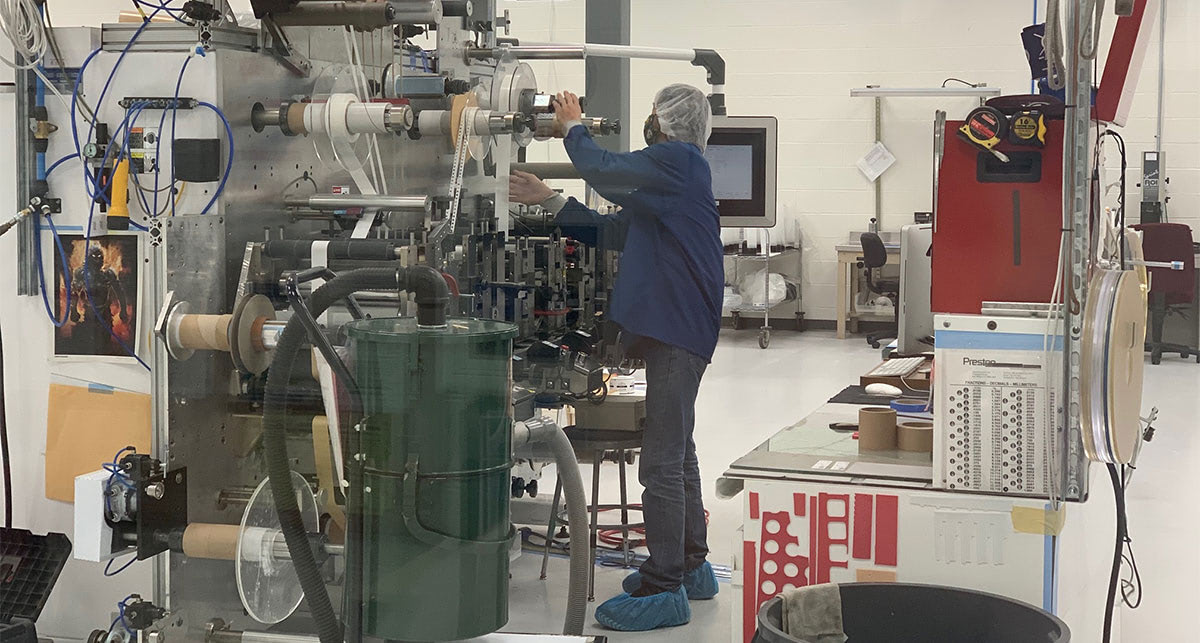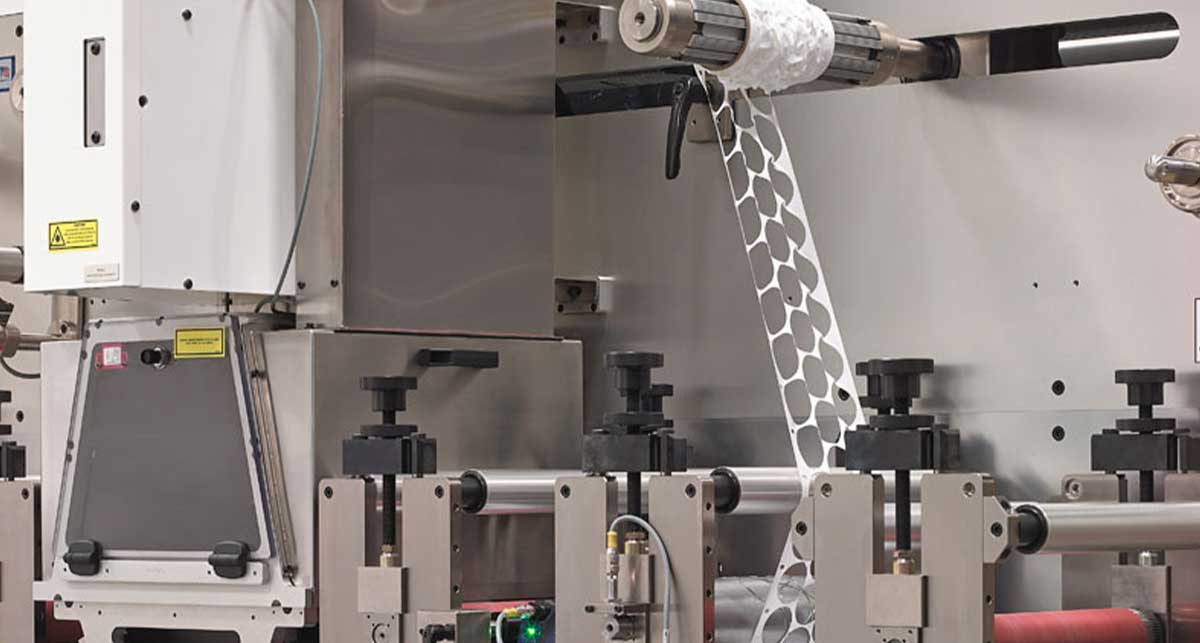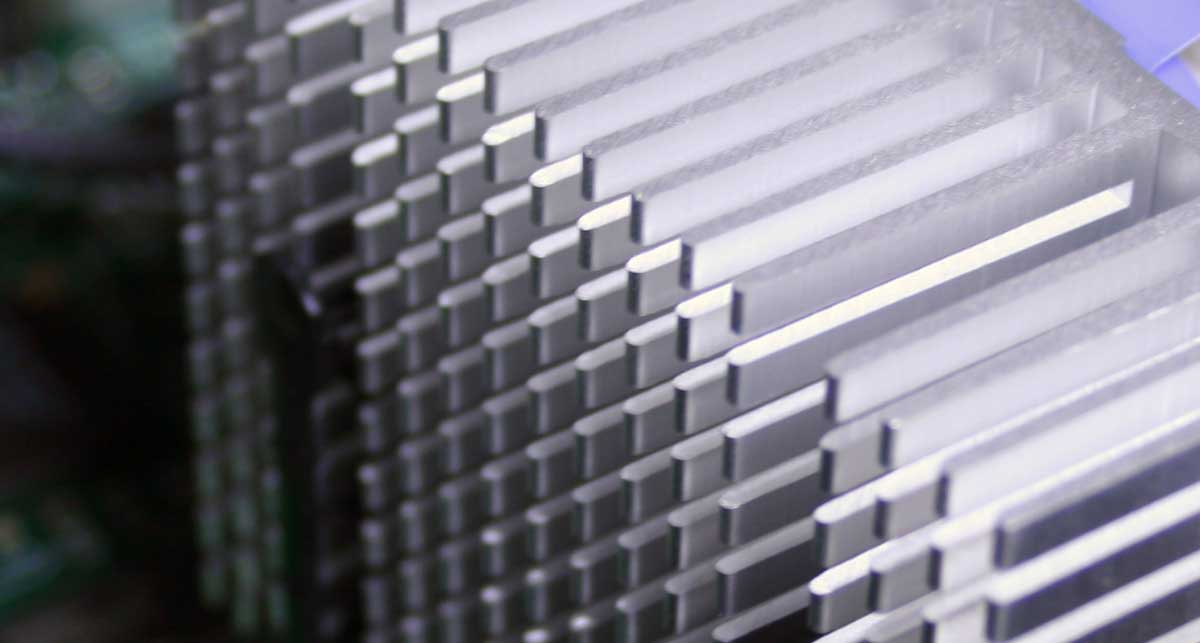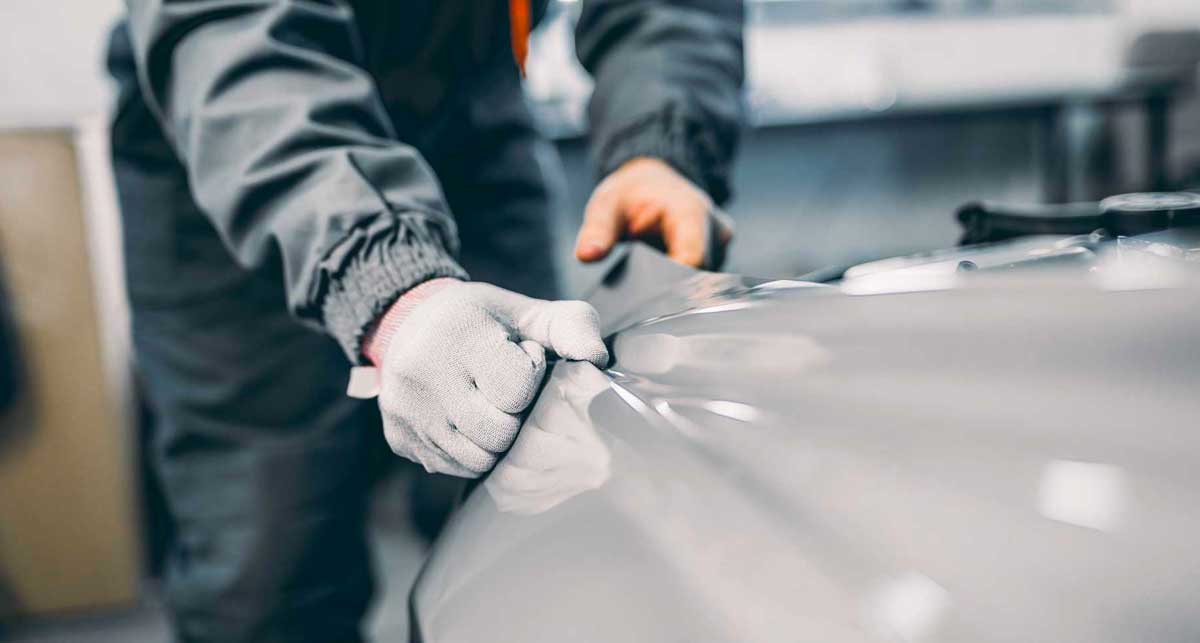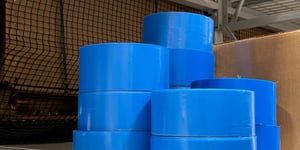Does your tape have an expiration date?
While tape shelf life can last up to 5 years, most adhesive tapes last 1-2 years. Every material has a different adhesive shelf life, and its importance varies depending on the project.
At Strouse, we keep dutiful track of adhesive shelf life and periodically re-evaluate our stock. Buying expired product can cause adhesive failure, so in this article, we’ll help you see how shelf life affects your project and plan your purchase orders around the risk of expired materials.
Planning Your Adhesive Shelf Life
Every adhesive product has its own shelf life ranging from about 1-2 years based on the date of manufacture, storage conditions, and the point at which it’s opened.
One important point of clarification is that by converting an adhesive material, you can elongate the shelf life. The shelf life that manufacturers give is the shelf life up until the point of converting. Adhesive converters, like Strouse, also warrant their products.
At Strouse, we generally warrant our parts for 12 months if the material is still within its manufacturing shelf life guarantee. If the shelf life was originally 24 months, but the material was converted with 6 months remaining, Strouse’s warranty will effectively be 30 months from the date the material is manufactured. But the truth is, depending on your product’s purpose, the difference between older and newer materials is often negligible (to a certain extent).
In specific industries like aerospace, electronics, or medical, the adhesive shelf life can be more significant due to liability concerns. However, many clients are okay with using older rolls of tape as long as they stick, and converters can test older adhesives to determine whether the material is still usable.
Before you further explore adhesive shelf life, you’ll want to ask how much it matters to your project.
HOW THE STORAGE ENVIRONMENT AFFECTS ADHESIVE SHELF LIFE
The environment in which a tape roll is stored (primarily the temperature and humidity) will often determine its usability and adhesive shelf life. For example, a sealed, fully packaged roll left on the shelf for a whole year might still be in better condition than an unsealed roll left sitting out for a month.
Different facilities have different standards for storing adhesive, so you’ll want to ensure your adhesive is preserved in a temperature-controlled, humidity-controlled environment.
Avoiding Mistakes with Adhesive Shelf Life
The more information you tell your supplier or converter, the more you can avoid making simple mistakes with adhesive shelf life. You may not realize it, but many shelf-life mistakes occur during purchasing.
PLACING AN ORDER WITH AN ADHESIVE CONVERTER
When you order from your adhesive converter, you should know that we get our manufacturer's material lead times. We generally don’t keep materials in-house that aren’t spoken for. Therefore, we need to order your material after a purchase order.
Long material lead times are often due to the manufacturer’s production schedule. Manufacturers are typically not operating on a made-to-order schedule. They produce it several times a year and keep that inventory on hand.
Let’s say a company produces a roll of tape on January 1st. They are going to make enough to last them for several months. If you place your product order on March 1st, your product is already a few months old.
If you’re on the hunt for a strict adhesive shelf life, the best thing you can do is to be upfront about needing newer adhesive material for your project. However, you might have to wait for the manufacturer’s next production run. Although we can’t always help you overcome lead times, there are still preparations we can make as your converter to help the whole process run more smoothly.
THE PERILS OF BUYING IN BULK
It might become tempting to buy material in bulk to lower your cost-per-roll. However, this idea doesn’t always work if you don’t consider shelf life.
Even if you stock up on tons of material to save money, who’s to say it’ll still be good in eighteen months? Adhesive shelf life might make it more challenging to buy material in bulk.
Once again, the shelf life depends on how well you store the adhesive tape.
When you buy in bulk, you are guaranteeing one of three scenarios:
- You know you will use the material before the shelf life expires
- You know the material will expire, but you plan to use it anyway. As long as it sticks, your product won’t be affected by older material
- You know the material will expire before we finish making parts, and you have accepted a loss in advance. If the MOQ price difference is significant, you could save more by accepting a future loss of expired material and buying it in bulk (assuming the shelf life matters to your product)
Suppose you’re determined to buy in bulk. In that case, you can discuss with your converter whether you’re willing to use older material or accept the loss of material at an overall financial gain.
Plan the Production Pipeline with a Converter
Now that you’ve considered your shelf life, have you decided which material you want to use? If you’ve got an idea, then it might be time to reach out to a converter.
When you’ve got a stellar design, an experienced converter can help you optimize your current manufacturing process. Converters will plan the adhesive shelf life around the timing of your order as well as the length of production.
If you’re interested in learning more about adhesive converting or flexible materials, take a look at our Learning Center.
Originally published: February 1, 2023

